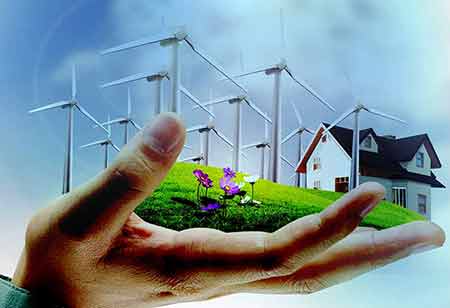Thank you for Subscribing to Energy Business Review Weekly Brief
Dry Construction Practices in Construction
Today's buyers have high demands for product quality, timely completion, and service from the realtors.

By
Energy Business Review | Sunday, January 09, 2022
Stay ahead of the industry with exclusive feature stories on the top companies, expert insights and the latest news delivered straight to your inbox. Subscribe today.
With a growing commitment to sustainability in construction, dry construction technology involving re-manufacturing, durability, low maintenance, and recycling is gaining traction.
Today's buyers have high demands for product quality, timely completion, and service from the realtors. Add issues of rising cost inflation to this, and it is clear that quick and considerable transformation in real estate construction operations is the hour's requirement. Construction technology firms are adopting this challenge head-on by launching innovative global practices in the real estate sector. Belonging to this dry construction technique (DCT), which supports creating high-quality, low-cost, time-effective, and eco-friendly projects, is a significant selling point today.
By definition, DCT employs innovation to mitigate water use and the effect of real estate on the environment. DCT includes lightweight construction of interior walls, ceilings, and floors, utilizing plastered or microfiber boards joined at deployment. Apart from drywall and shelter, the façade is also completed with Aluminum Composite Panels (ACP) instead of brickwork and plaster. This is a signature technology being tracked in several projects. DCT is 8-10 times lighter than traditional brick and cement work and enables up to 70 percent saving of construction time. In addition, the width of the wall constructed with DCT is only 80 mm compared to the 200 mm standard walls made of brick, leading to a rise in the carpet area in the operations.
Lightweight DCT is produced from a need to reduce the mass without compromising on the structural strength. Its developing use is primarily owed to its benefits, such as shorter construction timelines, good economics, improved building mechanics, superior sound insulation, and fire protection. Its other advantages incorporate ease of maintenance, renovation, and repairs. Unlike the traditional method, lightweight DCT creates minimum construction waste. It also helps in preserving room temperature and provides energy efficiency. With an increasing commitment to sustainability in all construction areas, 'green' dry construction technology involving re-manufacturing, durability, low maintenance, recycling, and reuse is touted to be the future of DCT practices.






